For several years the Introduction to Engineering course (ENGS 100) has included a design project in order to familiarize students with the engineering design process. Projects have ranged from a wheelchair lift system for a vehicle to an automated snack dispenser for a client with cerebral palsy. The 2018 class was tasked with designing an incubator system for the college’s Engineers Without Borders student chapter (EWB-Hope). Key features from several designs were integrated together in the months following the course and a prototype was taken to Kenya in Spring 2019 for in-field testing. Chris Rexroth ‘22 (biomedical engineering student and current Project Lead of EWB-Hope) was a student who participated in this project from start to finish and shares his experience in this blog.
In late August 2018, I walked into VanderWerf Hall for my first class at Hope College—Introduction to Engineering. For quite some time, I had been questioning what I wanted to study and I was unsure if the engineering major would be the right fit for me. By the end of the school year, however, I was elected to lead an Engineers Without Borders well installation project in a rural village in Kenya, and I was more sure of my major than ever. Here is my story.
I was first introduced to EWB-Hope through the EDGE Design Project in Intro to Engineering. In Hope College’s EDGE program, students, who are primarily freshmen, are introduced to a client with a design challenge and are tasked with deriving a viable solution. Last fall, EWB-Hope was the client and presented a need for a robust incubator that could be used to test for bacteria (total and E. coli coliforms) in water samples for their project in Kenya. The design constraints were that it had to be relatively small in order to be easily transported to Kenya, it had to have low power consumption and run on batteries only, and it had to be easy to use. Throughout the first semester, 30 groups of three to four students collaborated with the client and multiple professors to develop unique designs.
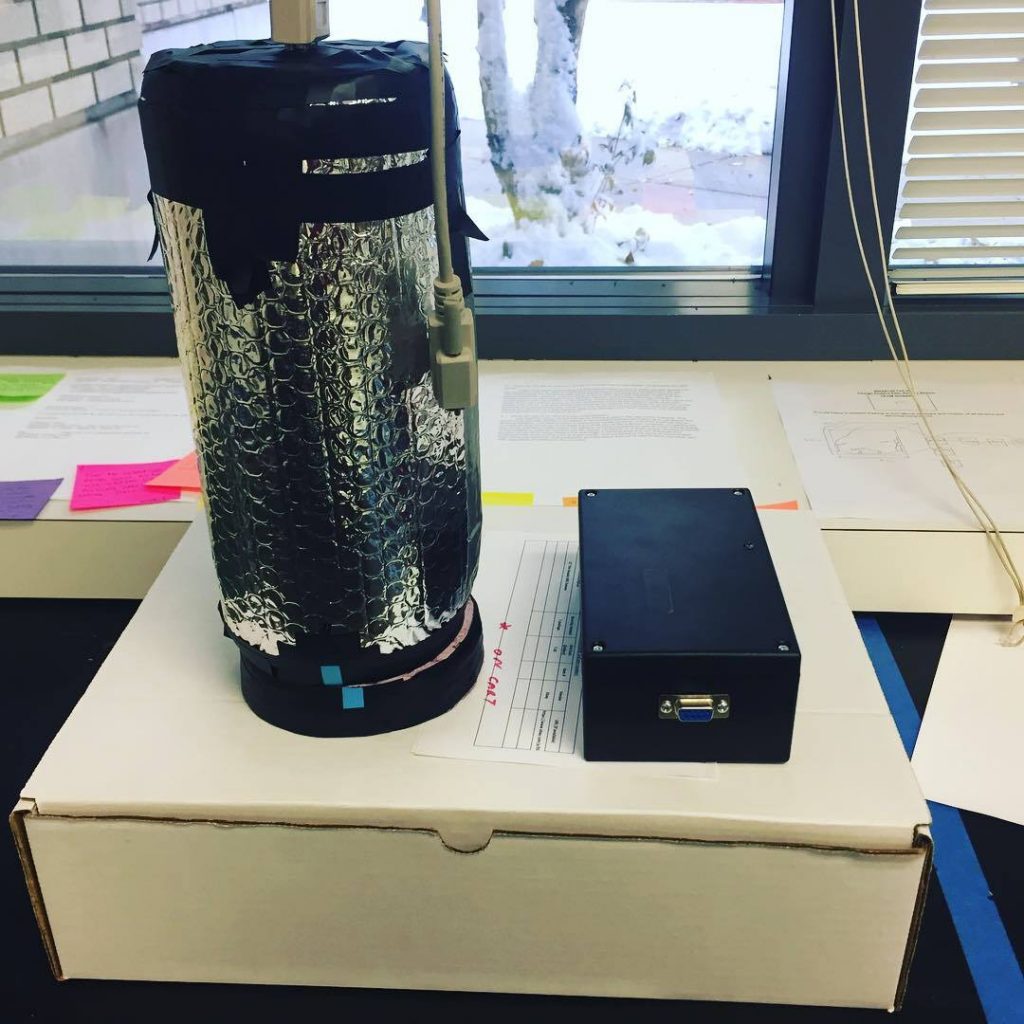
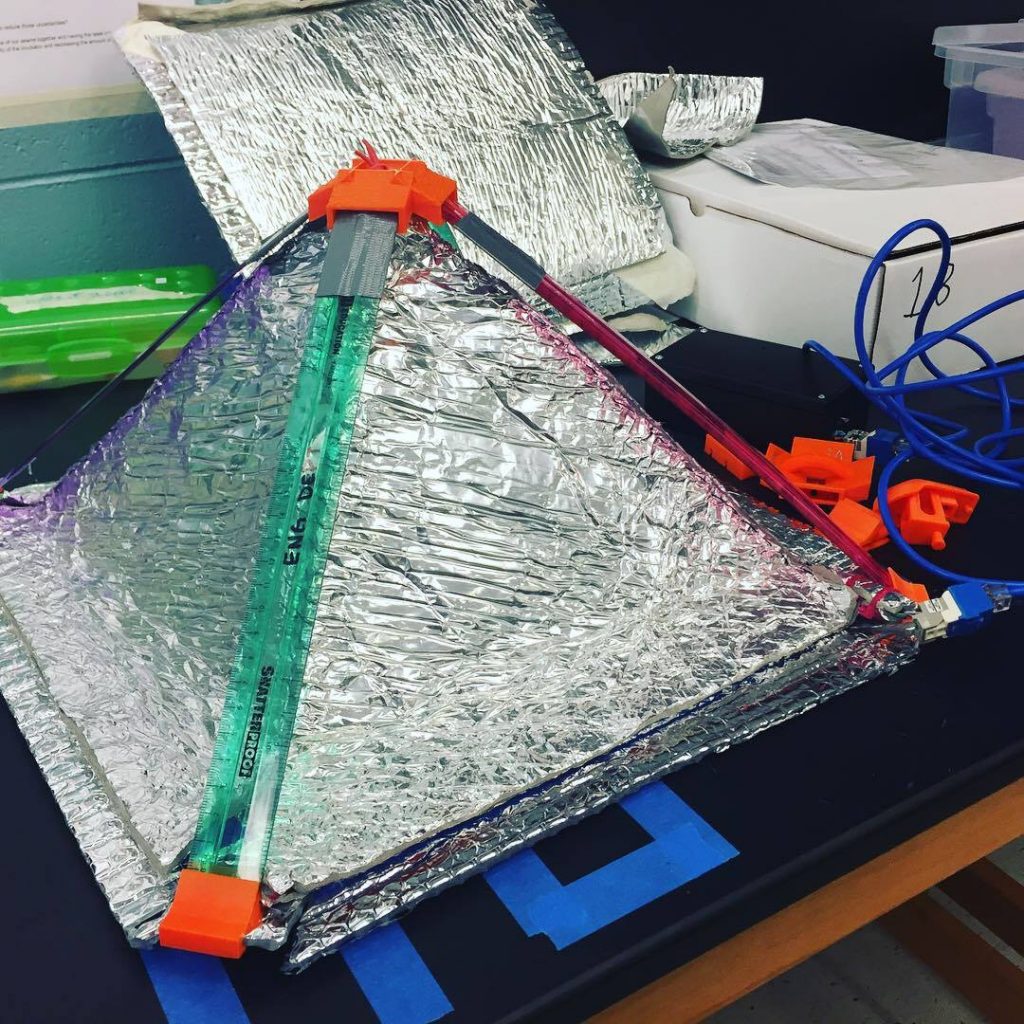
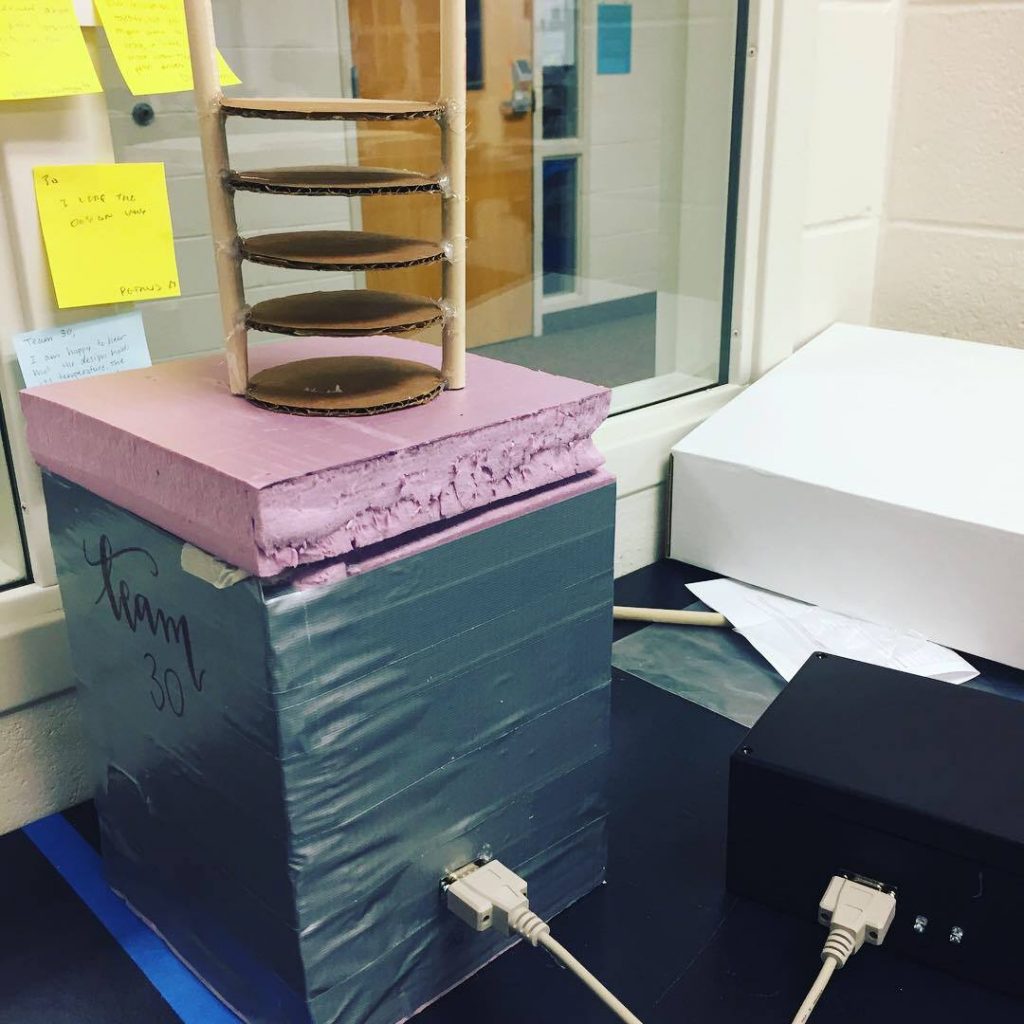
Example incubator prototypes
Over the course of the semester, I also began attending EWB-Hope club meetings and getting involved in club fundraisers. In November 2018, I was selected to travel to Kenya to work on EWB-Hope’s ongoing project in Bondo, a rural village near Lake Victoria that lacks access to clean water. I joined the travel team, consisting of five students and two mentors, as the Water Quality Testing Lead; my main role on the trip was to test the water from wells previously installed by EWB-Hope for various contaminants. This also gave me the opportunity to continue working on the incubator after the Intro to Engineering course had ended.
In January 2019, I began working more closely with the Intro to Engineering instructor, Professor John Krupczak, to finalize an incubator design before the trip to Kenya in March. We had 30 unique designs laid out in front of us, each meeting the design specifications in different ways. We sifted through all of the incubator prototypes and their accompanying Design Portfolios in search of interesting features that could contribute to the final design. With a new prototype pieced together, the next step was to test its battery life, as coliform tests require incubation for a minimum of 24 hours. For the test, we used a Raspberry Pi microcomputer and temperature sensor to periodically sample the internal temperature of the incubator. If the temperature was below a threshold then the Raspberry Pi would turn on a heating element until the temperature rose above a secondary threshold. This cycle continued for a 24 hour period. We had several successful trials which verified that we had developed a reliable incubator, capable of balancing mobility, battery life, and user-friendliness.
During spring break I traveled with the EWB-Hope team to Kenya. The incubator made the journey across the Atlantic in pieces, scattered throughout the luggage of our group. We spent the first few days of our trip meeting with the local community members, surveying the wells, and collecting water samples. On day 3 of 6 in the community, we set up the incubator on the undercarriage of a crooked table in our lodging called a “simba”, which is a simple home constructed of mud. Water samples from the two EWB-Hope wells were set up in the incubator and both produced negative results, indicating that there were no coliforms in the water. Additionally, eleven other tests, such as turbidity and nitrate detection, were executed to show that the well water met World Health Organization standards. This EDGE design project was highly beneficial to EWB-Hope as there had not been a method in the past to reliably test for the presence of coliforms in the field, arguably the most important water safety criteria.
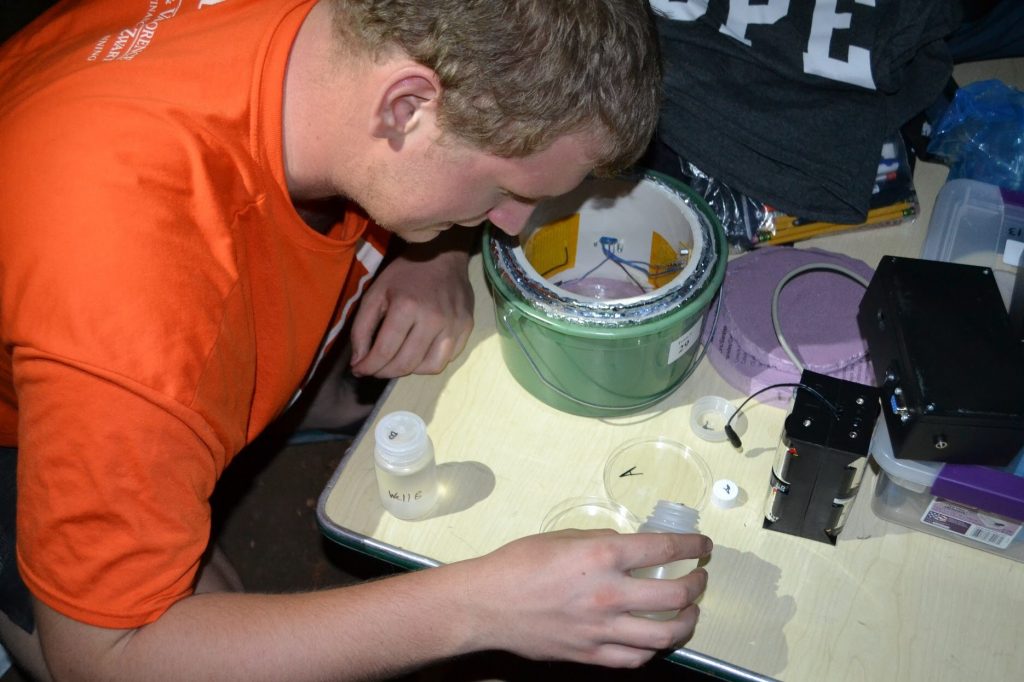
Chris using incubator to test water samples 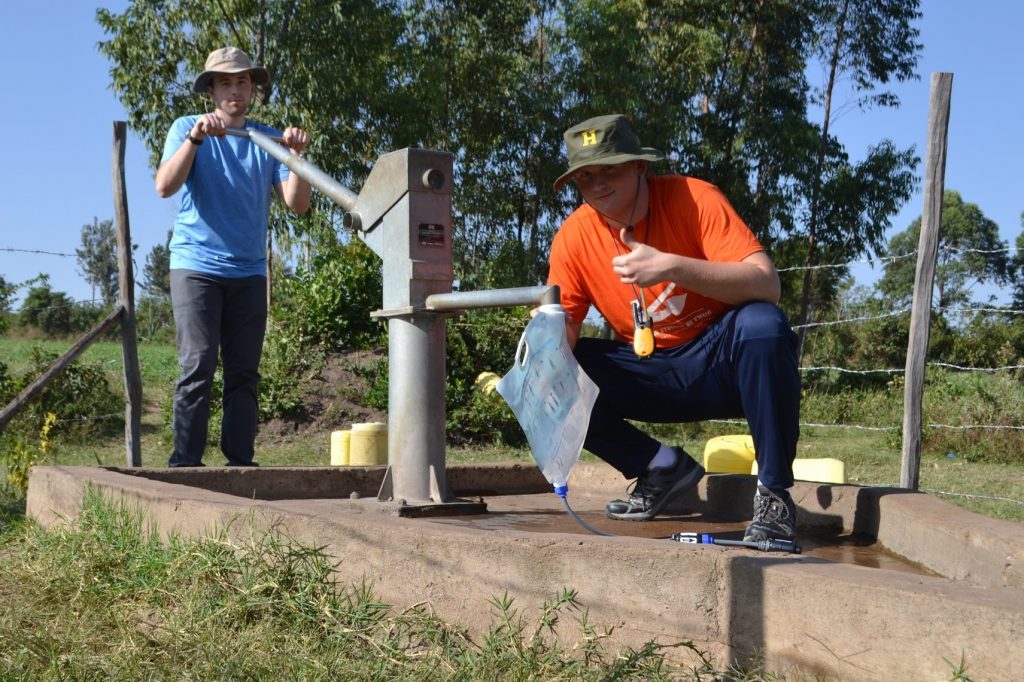
Chris and Graham Gould collecting water samples from well
On one of our last nights in-country, our travel team took a long bus ride, and perhaps the bumpiest 3 hours of my life, to the coast of Lake Victoria. Before sunset, we hiked to a cliff on the furthest point of the peninsula. With feet hanging over a twenty-meter drop, I had the chance to reflect on just how far I was from home – a distance of 8,000 miles, surrounded by six friends who were strangers just months before, and engulfed in an incredible experience of engineering and philanthropy.
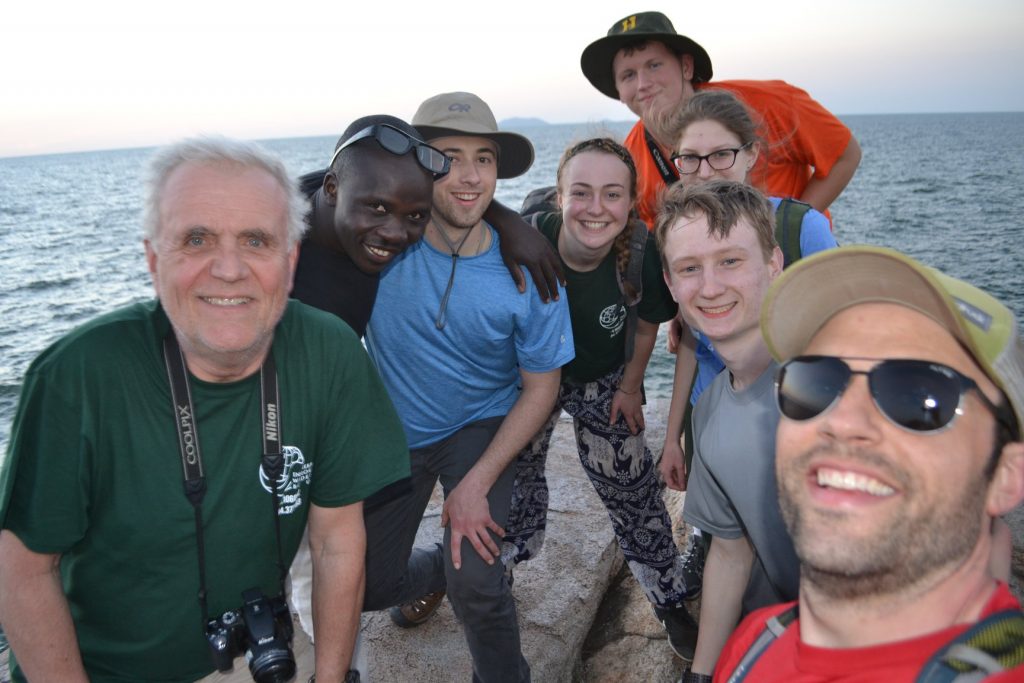
Looking back at it all, the EDGE Design Project provided a unique learning experience with the opportunity to work in small groups, collaborate with a client, and follow the design process step-by-step. Most importantly, it helped me discover a new passion—a passion that transcends continents and cultural differences. The work on the wells is involved and rewarding for the soul, but more importantly, the Bondo Water Project serves as an example of how the Hope community can come together to empower underserved communities across the world.
The incubator will continue to be used this school year when we return to Bondo to drill a new well in Spring 2020. If you are interested in learning more about EWB-Hope, please email ewb@hope.edu or visit our website.

